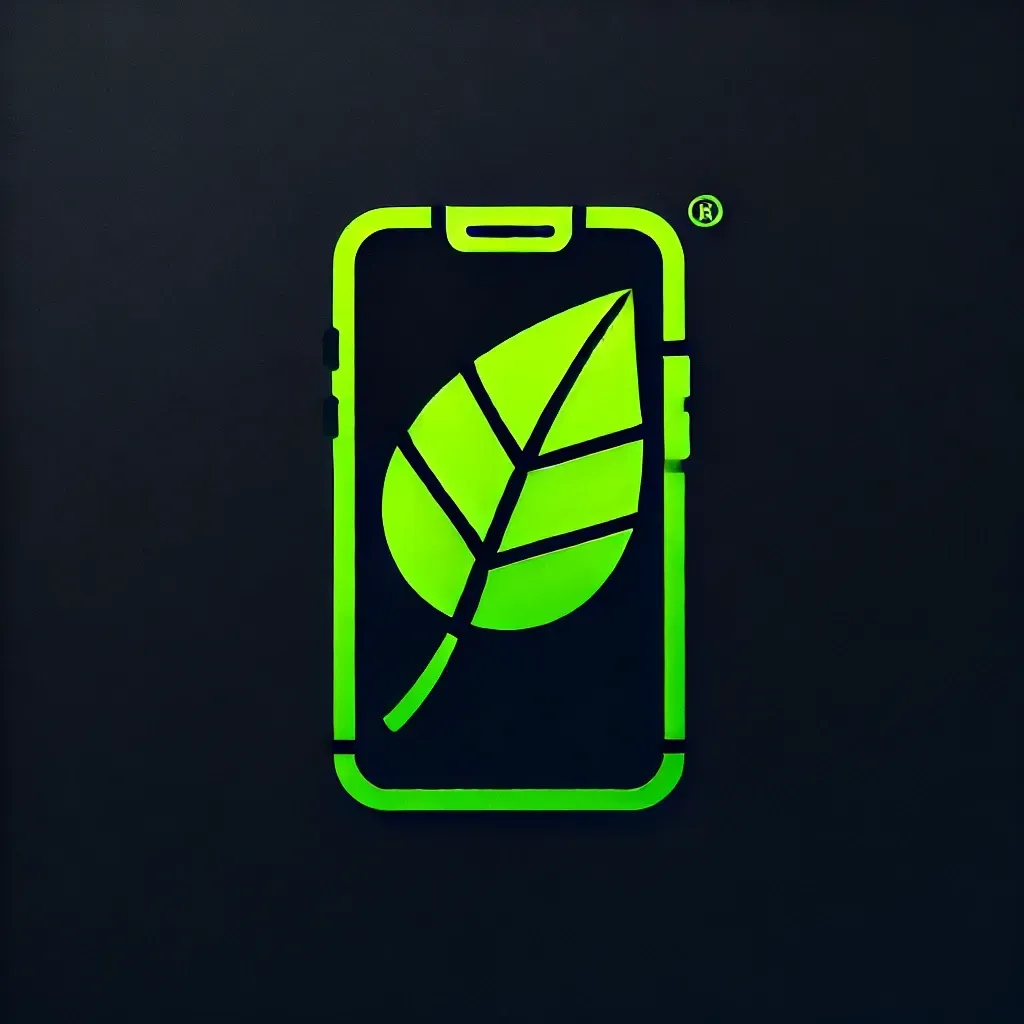Milestone 2.2
2.2: Concepts
Display Options:
LCD Display - Fairly typical display. Pros are that it can display information in color and looks pretty good, Cons are that it constantly uses a fair amount of electricity to run, which would take away from what's produced by the solar panel.
OLED Display - Pros are that it has a very nice picture quality and is typically a little more energy efficient than LCD displays. Cons are that they're an expensive display compared to others of the same size.
E-Ink Display - Uses electromagnets, a white gel, and black metal particles to display an image. Pros are that it only uses power to update the information that's displayed, so can stay "lit" without using any power. Cons are that the information displayed can only be in black and white, which doesn't look as nice as the LCD display.
Battery Options:
3.7 volt 2000 milliamp hour battery pack - Pros are that it's a decent capacity, as it has enough capacity to charge the phone to about 30-40%, depending on efficiency. Length and width are also fairly small. Cons are that it's a bit thick, so if laid underneath the solar panel as is intended, the case may become slightly bulky. Also needs a charge controller chip and/or a voltage regulator to output 5 volts and communicate via USB protocol.
5 volt battery - Pros are that it would output 5 volts, which is already in line with USB standards. Cons are that since it's a higher voltage battery, a higher voltage would be required to charge it, so the solar panel would might need a voltage regulator to charge it or always be working under idea conditions to produce its maximum voltage.
Chip Options:
Arduino Nano ESP32 - Pros are that it can control the display and is a small and thin chip, which is ideal for our project. Cons are that it is a little expensive. May also be able to replace the charge controlling chip, which would help save space and money.
Lipo Rider Plus - Charge controlling chip. Pros are that it allows charging with a battery via USB, is cheap, and is also fairly small. Cons are that it is a manually controlled switch to turn power on and off, and a secondary chip may be required to power and control the display, depending on the inputs of the display.
GREEN CASE
